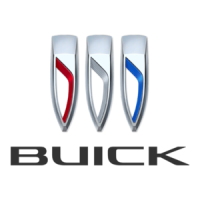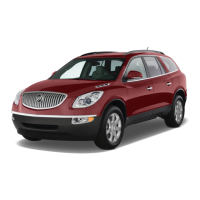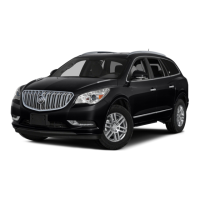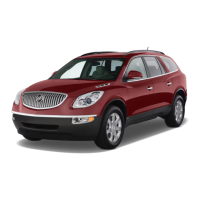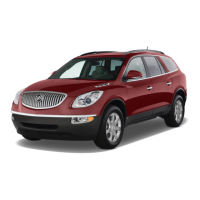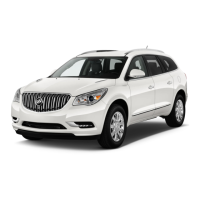CAUTION (Continued)
• Underinflated tires pose
the same danger as
overloaded tires. The
resulting accident could
cause serious injury.
Check all tires frequently
to maintain the
recommended pressure.
Tire pressure should be
checked when your
vehicle’s tires are cold.
See Inflation - Tire
Pressure on page 5-42.
• Overinflated tires are more
likely to be cut, punctured,
or broken by a sudden
impact — such as when
you hit a pothole. Keep
tires at the recommended
pressure.
• Worn, old tires can cause
accidents. If the tire’s tread
is badly worn, or if your
vehicle’s tires have been
damaged, replace them.
Tire Sidewall Labeling
Useful information about a tire is
molded into its sidewall. The
examples below show a typical
passenger vehicle tire and a
compact spare tire sidewall.
(A) Tire Size
: The tire size is a
combination of letters and
numbers used to define a
particular tire’s width, height,
aspect ratio, construction
type, and service description.
See the “Tire Size” illustration
later in this section for more
detail.
(B) TPC Spec (Tire
Performance Criteria
Specification)
: Original
equipment tires designed to
GM’s specific tire performance
criteria have a TPC specification
code molded onto the sidewall.
GM’s TPC specifications
meet or exceed all federal safety
guidelines.
(C) DOT (Department of
Transportation)
: The
Department of Transportation
(DOT) code indicates that
the tire is in compliance with the
U.S. Department of
Transportation Motor Vehicle
Safety Standards.
(D) Tire Identification Number
(TIN)
: The letters and numbers
following DOT (Department
of Transportation) code is the
Tire Identification Number (TIN).
Passenger (P-Metric) Tire
Example
Service and Appearance Care 5-37

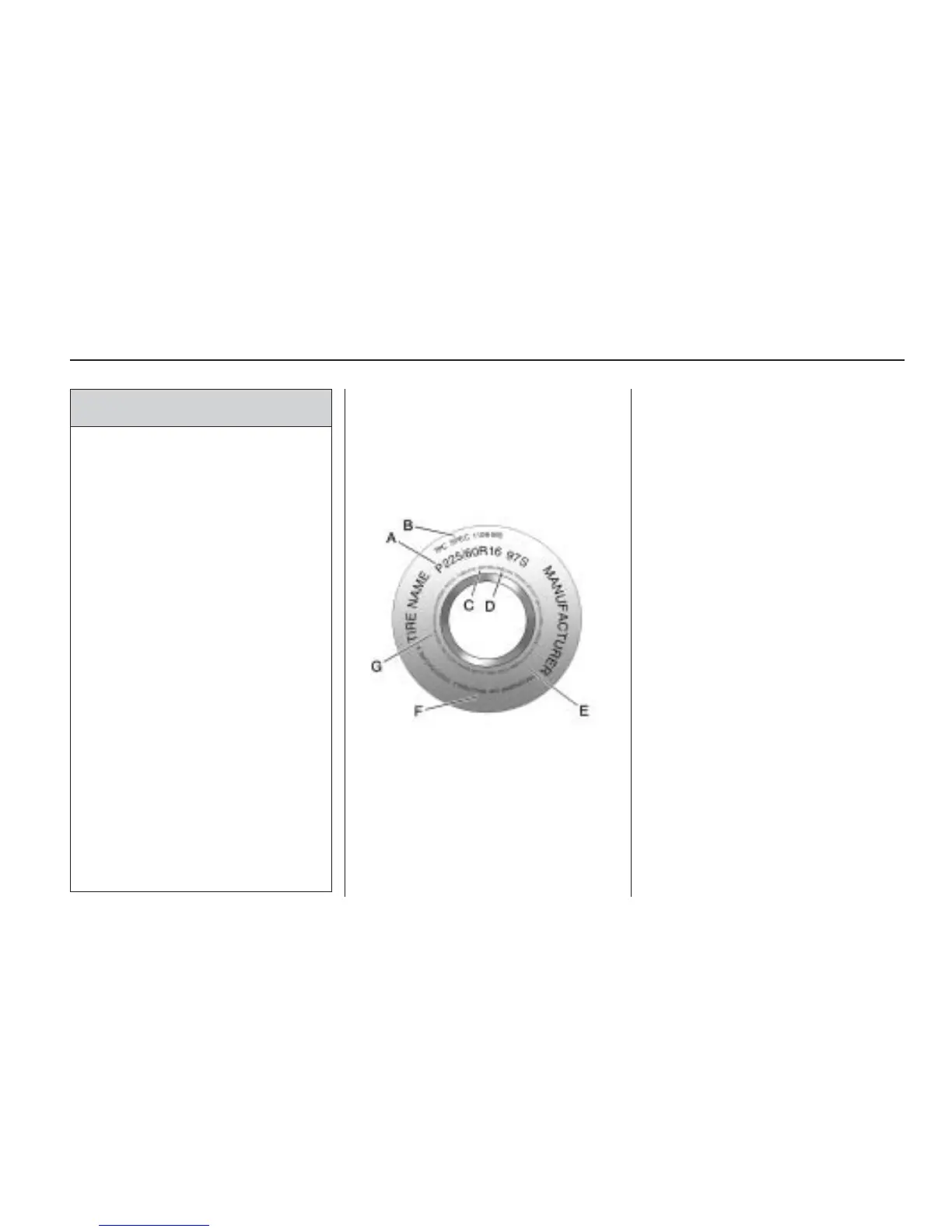